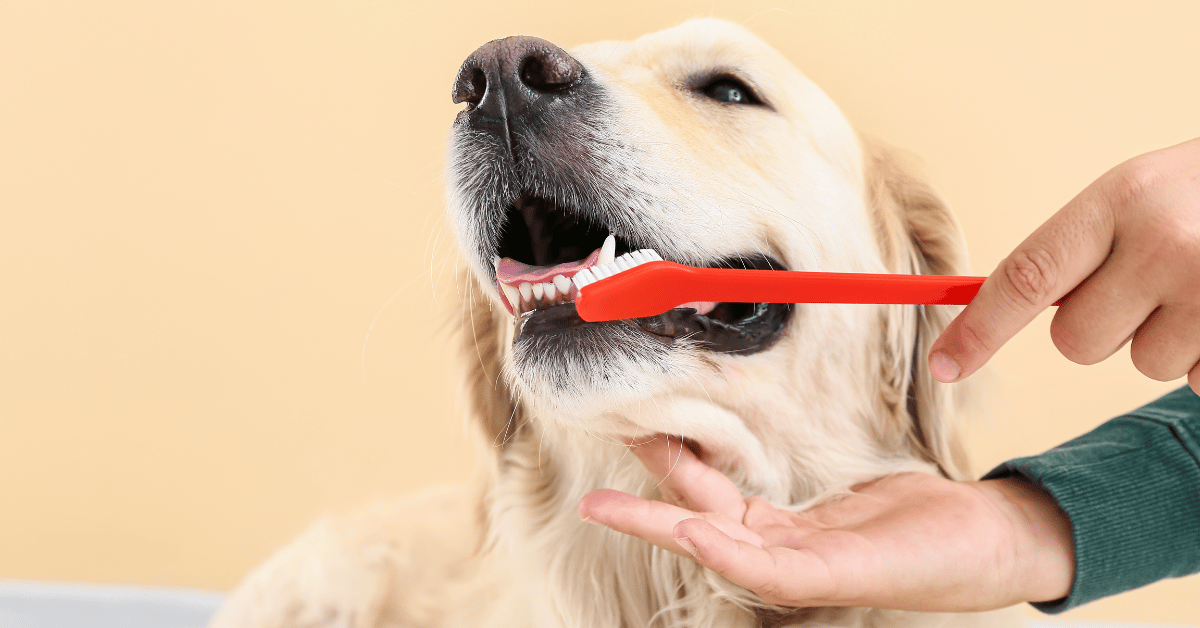Encouraging your dog to eat more can be a concern, but there are several strategies you can try to ensure your furry friend gets the nutrition they need. Here are some tips:
Check for Health Issues: Before making any changes, it's crucial to rule out any underlying health issues that might be affecting your dog's appetite. Consult your veterinarian for a thorough check-up.
Provide a Balanced Diet: Ensure your dog's food is nutritionally balanced and suitable for their age, size, and health condition. High-quality dog food with a mix of protein, carbohydrates, and fats is essential.
Establish a Routine: Dogs thrive on routine. Establish a consistent feeding schedule and stick to it. This helps regulate their appetite and creates a sense of predictability.
Add Tasty Toppings: Spruce up your dog's meals with tasty and healthy toppers. You can add a small amount of broth, cooked meat, or vegetables to entice their taste buds.
Interactive Feeders: Use interactive feeders or puzzle toys that dispense food. This engages your dog mentally and physically, making mealtime more enjoyable.
Create a Positive Environment: Ensure the feeding area is calm and free from distractions. Dogs may be hesitant to eat if they feel anxious or if there are disruptions during mealtime.
Regular exercise and social interaction play a significant role in a dog's overall well-being. This can contribute to a healthy appetite and a happy, well-adjusted pup.

Remember, every dog is unique, so it may take some trial and error to find the approach that works best for your four-legged friend. If you have persistent concerns about your dog's eating habits, consulting with your vet is always a wise choice.
Wishing you and your furry companion a happy and healthy journey together!
